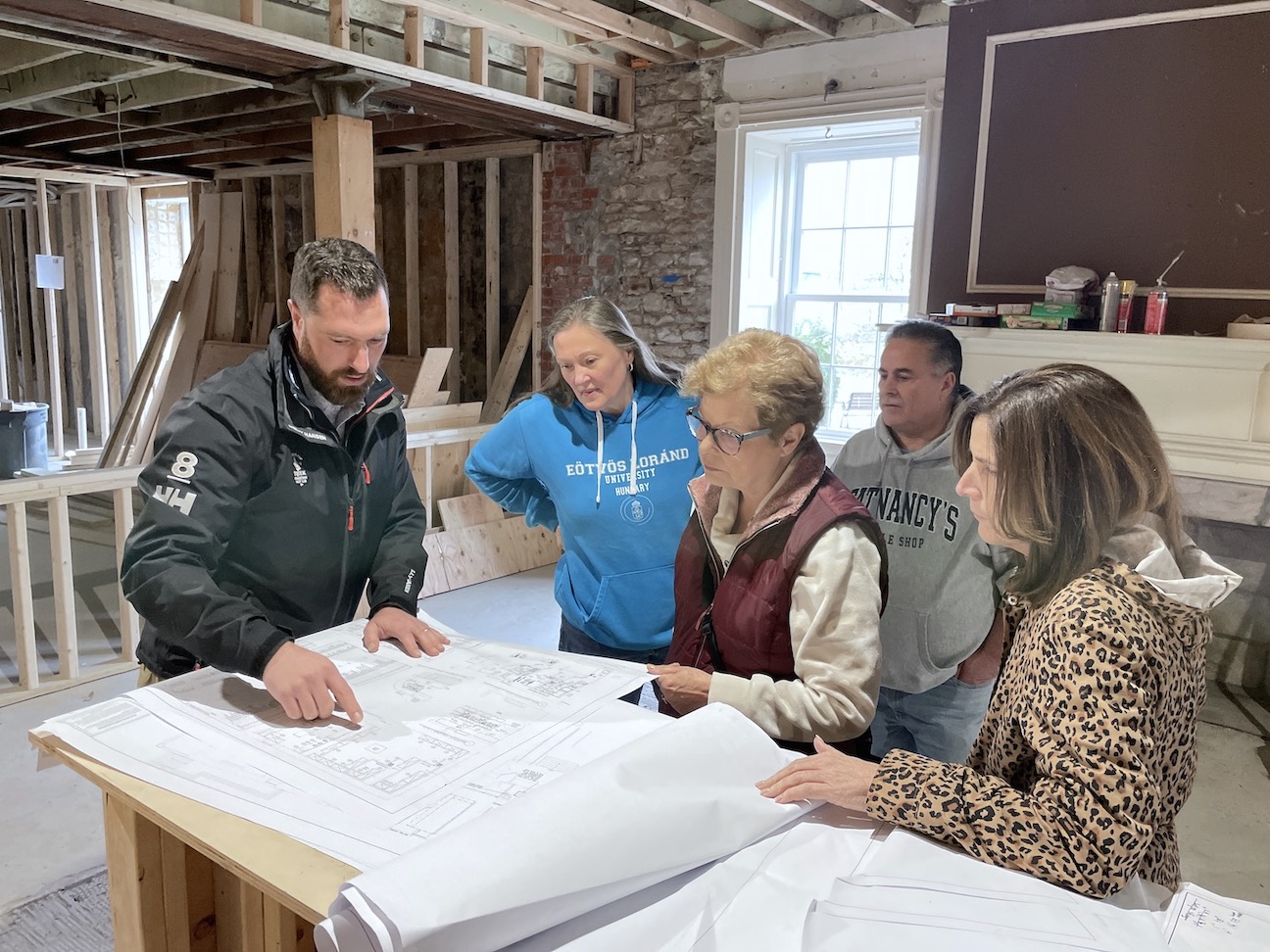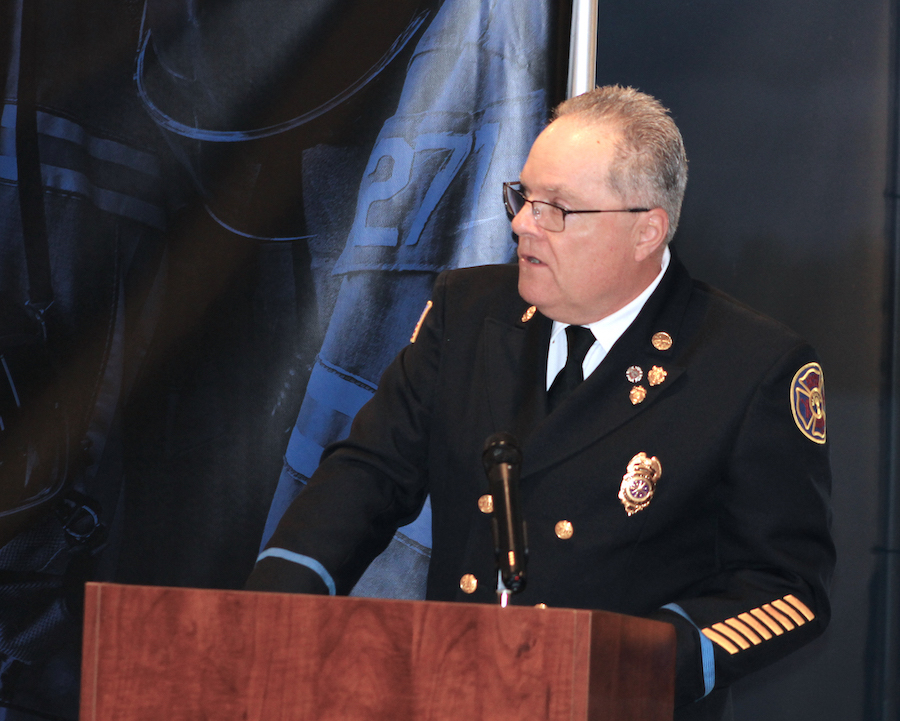Featured News - Current News - Archived News - News Categories
Guest Editorial by the Erie County Department of Health
A year ago, the words “isolation,” “quarantine” and “contact tracing” rarely entered the public conscience. But now, in a year consumed by COVID-19, those terms have become commonplace. With more than 36,000 COVID cases confirmed in Erie County to date, the Erie County Department of Health (ECDOH) contact tracing team has interacted with tens of thousands of Erie County residents, either to place them in isolation because of a positive COVID-19 test result, or to place them in quarantine because they are a close or household contact.
Here are answers to some commonly asked questions about contact tracing in Erie County.
√ How many contact tracers does Erie County have?
As of today, ECDOH has 137 contact tracers trained and available for scheduling. These are a mix of Erie County employees from health and other departments and offices, and contract employees. Nurses from the New York State Department of Health (NYSDOH) are part of our contact tracing work, and staff from the ECDOH office of epidemiology also provides support for some cases. On any given day, between 90 and 100 contact tracers are working.
√ How many cases can a contact tracer handle each day?
We have found that a contact tracer can manage between five and 10 case investigations in a workday, depending on case complexity and how many contacts are involved.
√ What kind of questions will a contact tracer ask?
Our contact tracers ask each COVID-19 case about their activities and locations on the days they were infectious from a standardized data collection form in NYSDOH’s contact tracing data software, Commcare. Any information shared with our contact tracing staff remains confidential; it is important that people provide complete and candid answers. The purpose of these questions is to walk that person through their daily activities, to help them recall who they were in contact with and for how long, so that we can elicit a full and complete picture of who was exposed to COVID-19 and who we need to quarantine.
That is a standard question for disease investigation regardless of the disease. The goal of contact tracing is to isolate and quarantine; and thorough, in-depth interviews are a proven approach to get the information we need to do just that and break the chain of disease transmission.
Contact tracers will never ask for a social security number, bank information, salary information, credit card numbers or money.
√ What kind of questions do contact tracers answer?
The easiest answer to this is every type of question imaginable, and every day there are new questions from cases that our contact tracers have not encountered before. Most significantly, contact tracers respond to very real concerns from people who are worried about how they will access basic needs like groceries, medicine and medical care; how their household members can access diagnostic COVID-19 tests; and how to safely isolate and quarantine. Contact tracers also address misinformation and myths with facts and evidence-based information from credible sources, like NYSDOH and the CDC.
√ How many cases are you not able to reach?
While that is not a number that we currently track, there are reasons why our contact tracers may not be able to connect with a positive COVID case, some practical, and some heartbreaking.
On the practical side, contact tracers make multiple attempts over several days to reach a person with a positive test result by phone. Making contact depends on that person picking up the call, or calling back in response to a message. ECDOH strongly encourages people to answer their phones, even if it is a number they do not recognize.
There is another, heartbreaking, reason why some others do not pick up their calls. These past months, we have seen an increase in the number of COVID-related deaths. In those cases, others in that household also have a COVID diagnosis, and are dealing with their grief at the loss of a loved one while managing their own illness. We realize that fact, and in these situations, respect that our calls may not be answered.
√ How is “close contact” of a person with COVID-19 defined?
ECDOH uses the NYSDOH definition of a close contact, being within 6 feet for 10 minutes or more. Contact tracers may use other factors, such as duration of exposure, proximity of exposure and presence of symptoms. This standard applies whether or not a face mask is worn.
√ How will I know if I am a close contact?
During a case investigation, the contact tracer asks about who the case has had contact with during the time they were infectious. The infectious period is considered to be two days before sample collection for people without COVID-19 symptoms, and two days prior to symptom onset for people with symptoms. The contact tracer documents those names in Commcare, NYSDOH’s contact tracing data software. Those close contacts are notified of their exposure, and placed under quarantine, and encouraged to seek a diagnostic COVID-19 test about five to seven days after their last date of exposure to check if they were infected.
√ Does contact tracing identify “hot spots”?
Our case investigations do not determine with any degree of certainty where a person was infected with COVID-19. That is not the goal of contact tracing. The goal of contact tracing is to isolate and quarantine; and thorough, in-depth interviews are a proven approach to get the information we need to do just that and break the chain of disease transmission.
√ Is there a contact-tracing manual?
Our contact tracing team has training and reference materials that are updated regularly, along with training on use of the NYSDOH contact tracing system, Commcare. Much of our training occurs “on-the-job” and in person. Even with more than 36,000 cases confirmed in Erie County, there is no such thing as a “typical” case. Each COVID-19 case is unique and is managed based on our best practices and best available knowledge.
√ Do contact tracers work from home?
As of this week, a smaller set of contact tracers are working from home as part of a pilot program. Contact tracers are constantly learning on the job and refining their skills under close supervision. We also have to manage data security, workflow and team communications. When we feel confident that this plan for contact tracers to work off-site is functional and does not negatively impact our contact tracing operation, we will begin expanding with more staff.
√ How do I become a contact tracer?
Applications are being accepted from people who have taken and passed the John Hopkins online contact-tracing course (free), and who have solid skills with interviewing by phone and using technology. Please email [email protected].
For more information:
√ ECDOH, COVID-19, isolation and quarantine: http://www.erie.gov/covid19/iq
√ Centers for Disease Control and Prevention, quarantine: https://www.cdc.gov/coronavirus/2019-ncov/if-you-are-sick/quarantine.html
√ CDC, isolation: https://www.cdc.gov/coronavirus/2019-ncov/if-you-are-sick/isolation.html





























